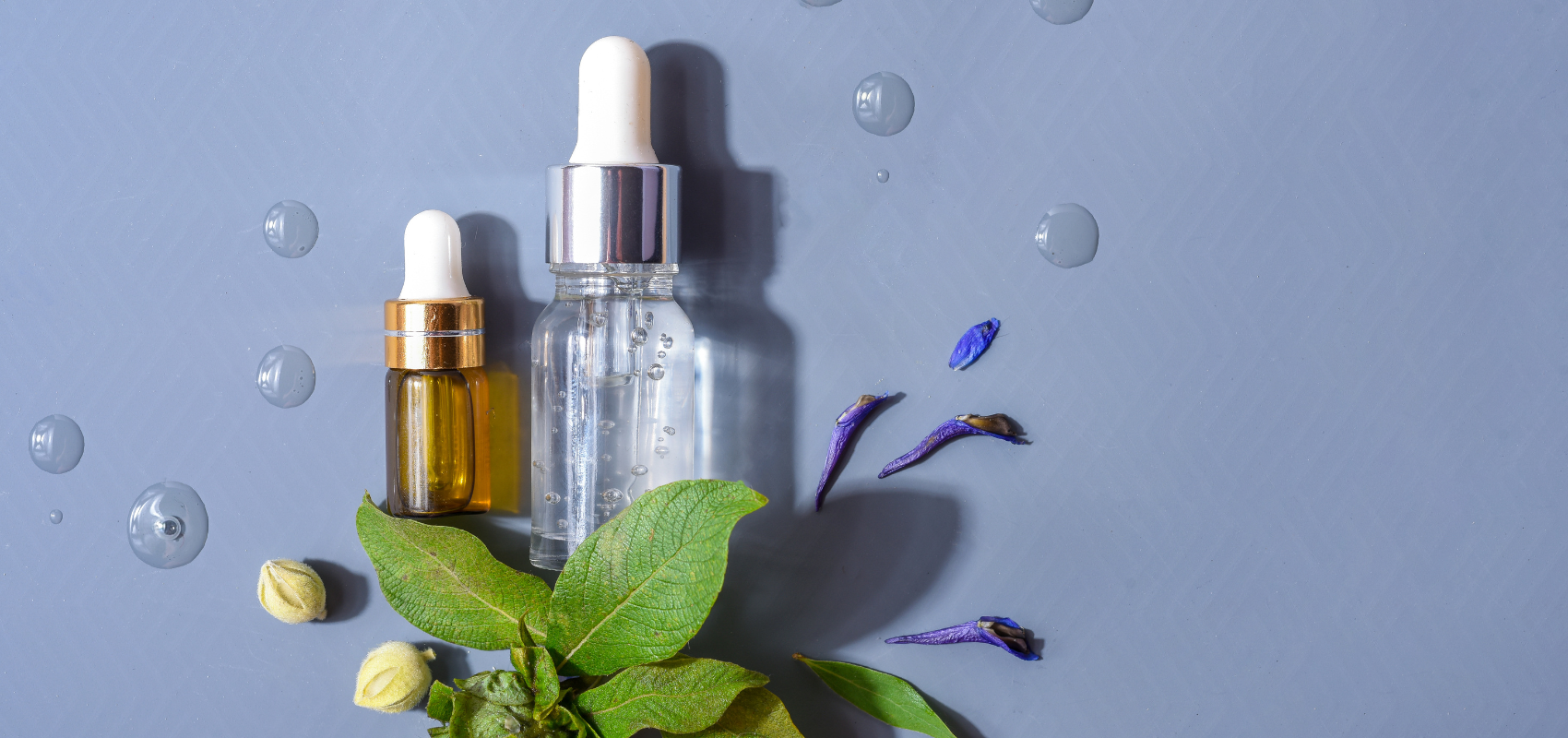Japanese retinol and seasonality
What is the peculiarity of Japanese retinol, how to introduce it into care and whether it is possible in the summer — retinol from “r” to “l” has been analyzed.
Let's look at why retinol is considered the gold standard of care, and how Japanese cosmetics help you get the most out of it without side effects.
What is retinol and why does the skin need it?
With age, the regeneration processes of the skin slow down. After the age of 25, cells renew more slowly, and after 30 it becomes noticeable in appearance. The skin loses elasticity, the face “fades”, wrinkles and age spots appear.
Retinol is a natural form of vitamin A.
Its molecules are so small that they easily penetrate deep into the skin and help to cope with imperfections. They act not on the surface, but deep in the skin, at the cellular level.
Retinol stimulates cell renewal and collagen synthesis, evens tone, narrows pores and regulates sebum production.
Retinol is recognized worldwide for its effectiveness and safety when used correctly. It can be included in the care long before the appearance of the first wrinkles — to prevent and preserve the youthfulness of the skin.
What are the forms of retinol?
Retinoids are a whole group of substances derived from vitamin A. They vary in activity and degree of irritant effect.:
- Retinoic acid is the most active form, it acts quickly, but it can cause irritation. It is used in medical dermatology.
- Retinol is the active form, works deeply and effectively, can cause dryness and peeling at high concentrations.
- Retinol palmitate is the mildest form of retinol. It transforms slowly, practically does not irritate the skin. It is often used in Japanese cosmetics as a basic option for everyday care.
Important: high concentration is not always better. Sometimes low dosages are more effective and comfortable in the long run, especially for sensitive skin.
Retinol and the Japanese philosophy of care
The Japanese have long mastered retinol, even before it became a worldwide trend. But, unlike Western aggressive cosmetology, in Japan the emphasis is on mild formulas designed for regular and long-term use. The gradual improvement of the skin condition without "shock" and redness is appreciated here.
Retinol palmitate is usually used in Japanese products, and concentrations are selected taking into account the characteristics of thin and sensitive skin.
Additionally, the formulas contain components that support the skin barrier — peptides, ceramides, niacinamide, and hyaluronic acid. This helps to avoid the typical side effects of dryness, irritation, and flaking.
Japanese cosmetics with retinol have a cumulative effect, but at the same time they are stable. The main thing is to be patient and give the tool time.
How to use retinol correctly
Retinol is a powerful asset, but it requires careful attention. Here are the basic rules.
Introduce retinol gradually
Start with 1 time per week, gradually increasing the frequency. After a month or two, you can switch to using it every other day or even daily if the skin reacts well.
Use it overnight
Retinol increases sensitivity to light, so it is used only at night. Be sure to apply SPF in the morning: even if it's cloudy outside or you'll be indoors all day.
Humidification is a must
Retinol can dry the skin. Be sure to apply a moisturizing serum or cream after applying the retinoid.
Do not combine with acids and vitamin C.
These assets enhance each other's effects, but can cause irritation if not balanced in the laboratory. It is better to choose ready-made formulas in which the concentrations have already been verified.
What can be combined with retinol
Niacinamide, hyaluronic acid and peptides are considered excellent partners of retinol. They soften its effect and increase its effectiveness.
Where to apply retinol
Anywhere on the face where you would like to see improvements. If the anti-aging effect is important, choose retinol products designed for the area under the eyes and around the mouth. Apply them after washing your face, but before moisturizing.
Don't expect an immediate effect.
You need to be patient with retinol. The first results will be noticeable in 3-6 months. It takes time for the cells to be completely renewed.
Can I use retinol in the summer
There is a myth that retinol cannot be used in the warmer months. This is not entirely true.
Yes, retinol increases the photosensitivity of the skin, especially in its active forms. But that doesn't mean you have to give it up. It's just important to take protective measures.:
- be sure to use a high-SPF sunscreen during the day;
- avoid direct sun during peak hours;
- apply sanskrit even at home (this is the norm in Japan!) — radiation from screens also affects the skin.
The Japanese brand Shiseido, one of the pioneers in the use of retinol, emphasizes that the key to safety is UV protection, not rejection of care.
Retinol works deeply, triggers skin renewal and fights the most common problems: wrinkles, pigmentation, acne and decreased tone. It is especially worth taking a closer look at the Japanese philosophy of care: it offers delicate, balanced formulas where retinol is combined with supportive ingredients and works gently but effectively.
Goods
All
19
SALE
4
SKINCARE
11
With ceramides
3
Face Mask
1
Face wash
1
Luxury Japanese Cosmetics
2
Peelings
1
Basic care
15
Extra care
1
Skin Types
5
BATH&BODY
1
Products for body
1


